En garde, Ready, FENCE!: An overview of modern fencing
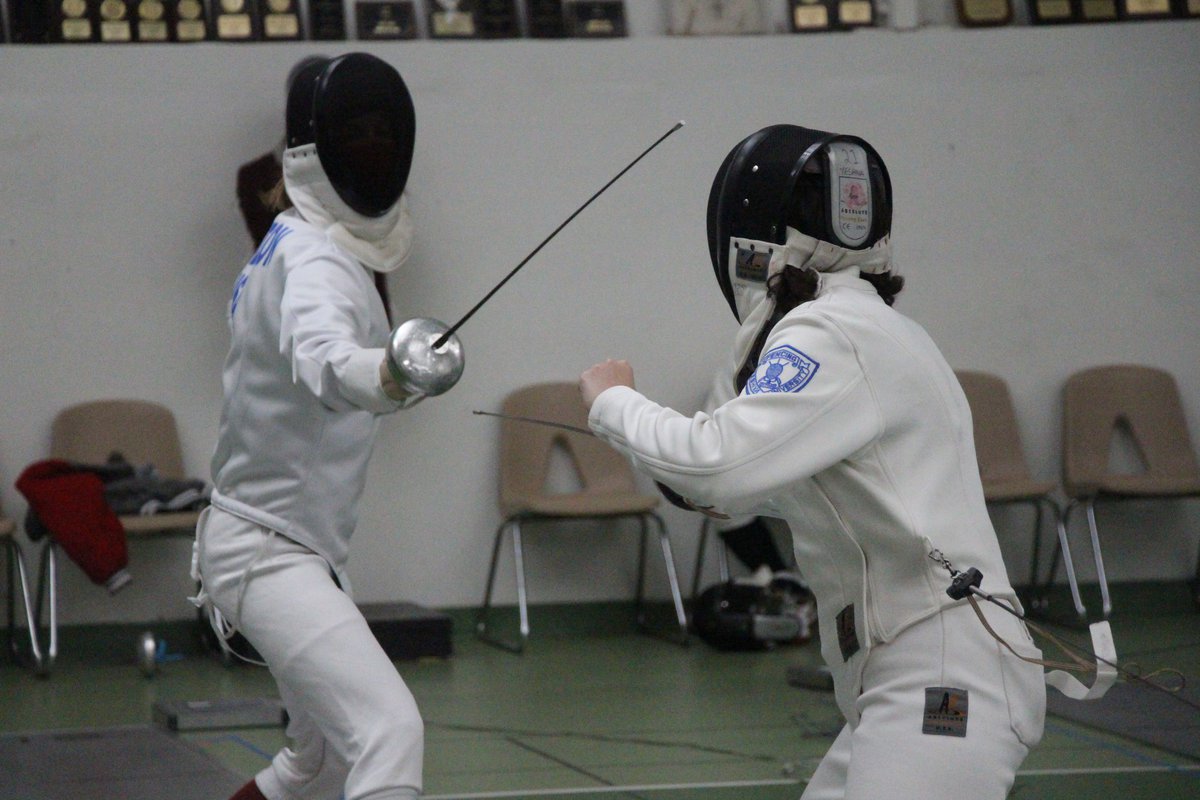
Although a far cry from the cinematic cliff battle between Westley and Inigo Montoya, modern fencing still contains elements of the original dueling sport. In the beginning, sport fencing featured real swords and participants drew blood. It wasn’t common, but fatalities did happen. An apt analogy for early fencing is present-day cage fighting. This overview will bring you up to speed with what fencing is like in today’s world.
In modern fencing, participants use dull blades to score points on one another. Each point is called a touch, as indicated by either a green or red light on the scoreboard—depending on which side the fencer is on. The sport is internationally overseen, up to the Olympic level, by the Fédération Internationale d'Escrime. Within the United States, however, USA Fencing is the organization that manages national events, ratings, and everything else related to fencing.
USA Fencing offers the following definitions for these common fencing terms:
- Advance
Taking a step towards one’s opponent.
- Bout
The name for a match between two fencers.
- En garde
The position taken before fencing commences.
- Lunge
This move is the most common attacking technique, in which the fencer launches themselves at their opponent by pushing off from the back leg, which generally remains stationary.
- Parry
A defensive action in which a fencer blocks his opponent’s blade.
- Priority—”right of way”
A system to determine which fencer receives a point when simultaneous touches occur. Decided by who had the initial offensive action made by extending the arm and continuously threatening the opponent’s target (FIE fencing rule book articles t.7 and t.56).
- Riposte
A defender’s offensive action immediately after parrying their opponent’s attack.
- Strip—”piste” in French
The fencing area, 14 meters long by 2 meters wide.
All fencers have equipment that is standard across the three weapons. This baseline includes their protective gear, as well as the electronic accessories that connect them to the strip.
- Jacket

Made out of a tough material so as not to be pierced by the opponent’s blade, jacket’s have a strap—called a croissard—that goes between the legs to keep the jacket from moving.
- Knickers

These pants are the same material as the jackets and are typically short, ending just below the knee. Many of them also have suspenders.
- Plastron
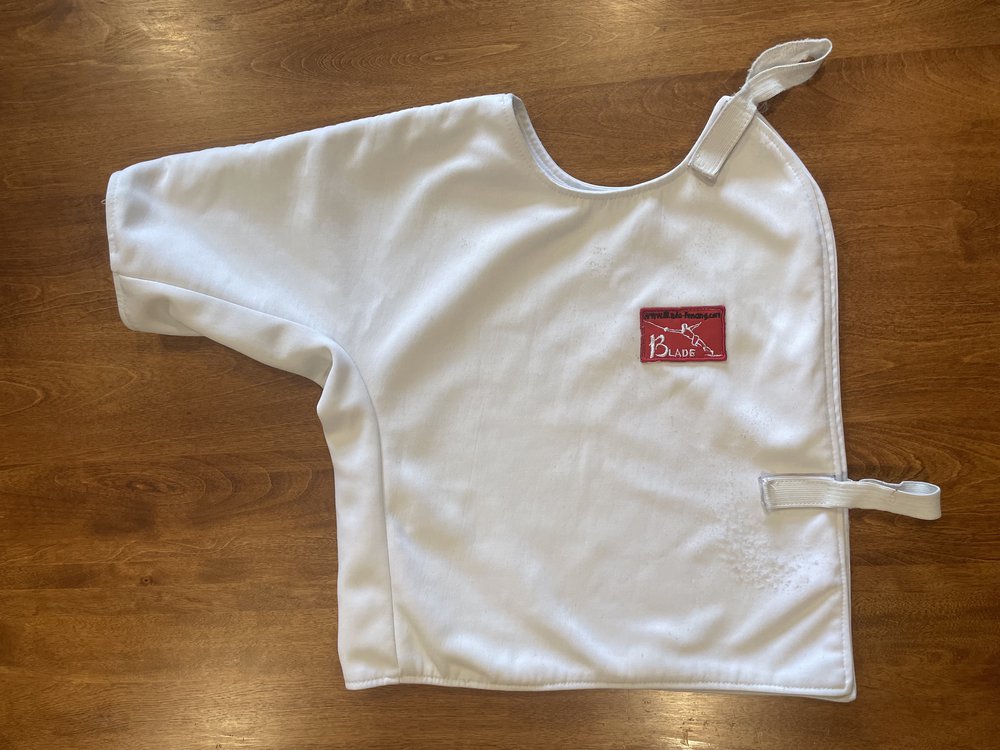
Also known as an under-arm protector, this piece is worn under the jacket and covers the fencer’s blade arm.
- Chest protector
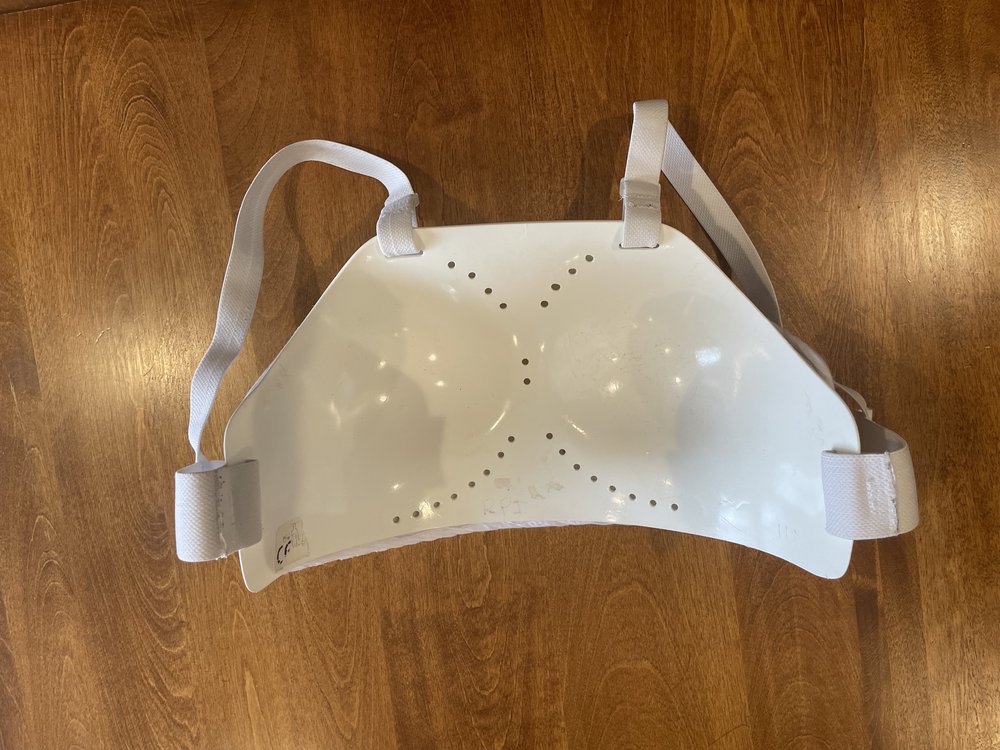
Plastic shell that covers the chest. Used to lessen injury when hit. Can be worn by any fencer, but by FIE regulation, it must be worn by all women fencers.
- Mask
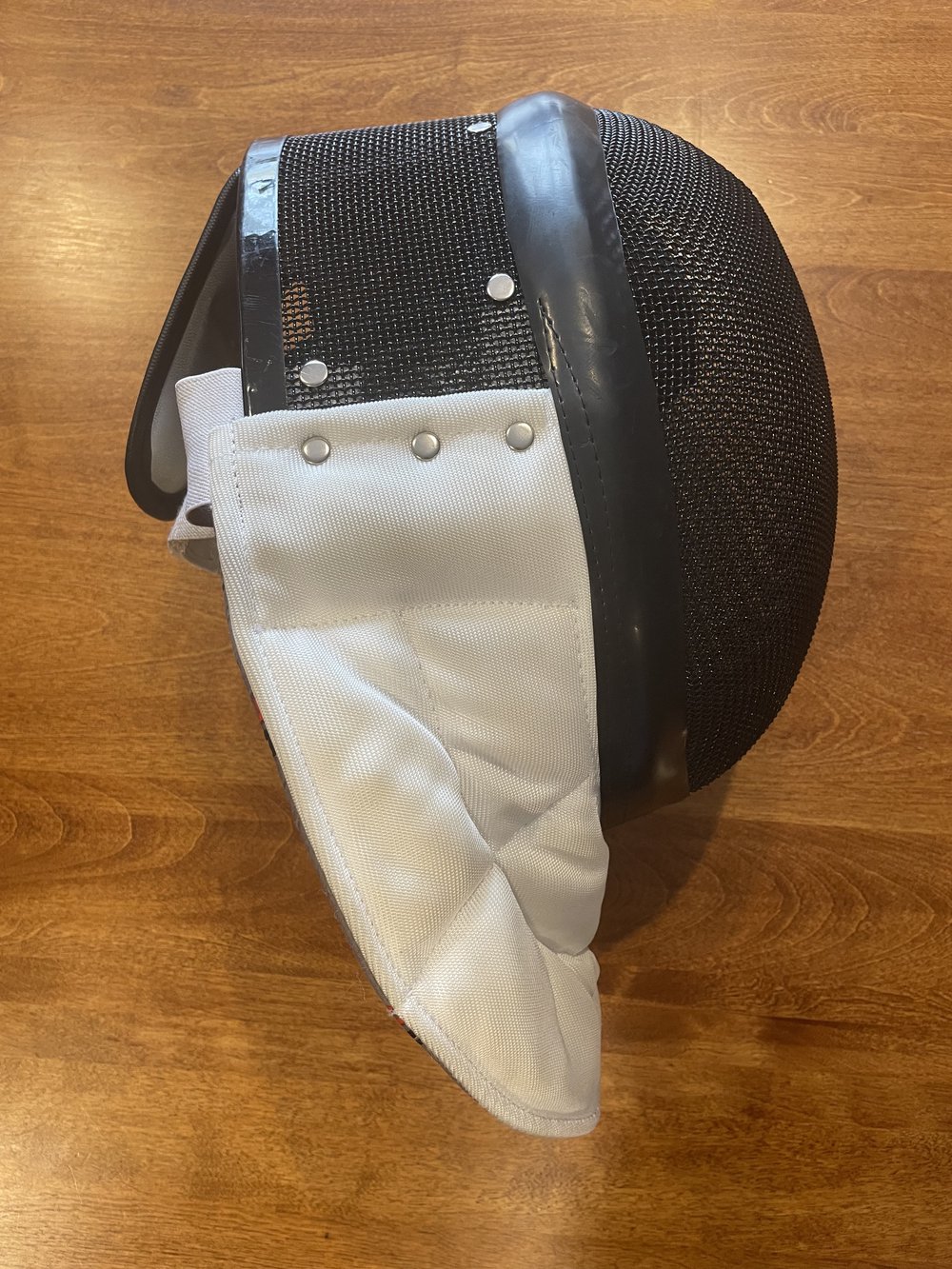
This head covering has a metal mesh in the front that allows fencers to see out, while protecting them from face hits. It also features a bib that covers the neck.
- Glove
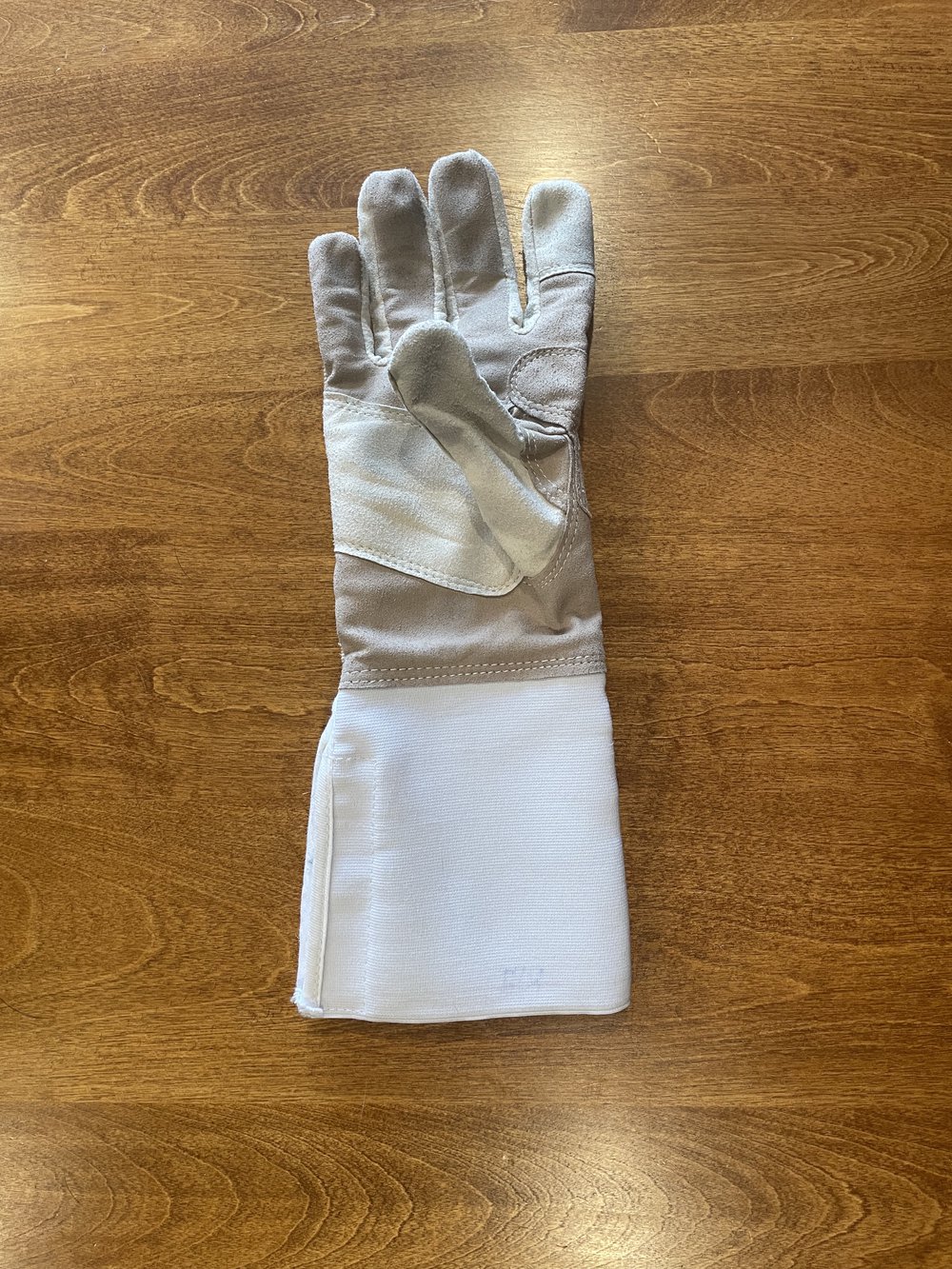
Worn only on the fencer’s blade hand, gloves stop the opponent’s blade from going up the jacket sleeve and protect from hand hits.
- Body Cord
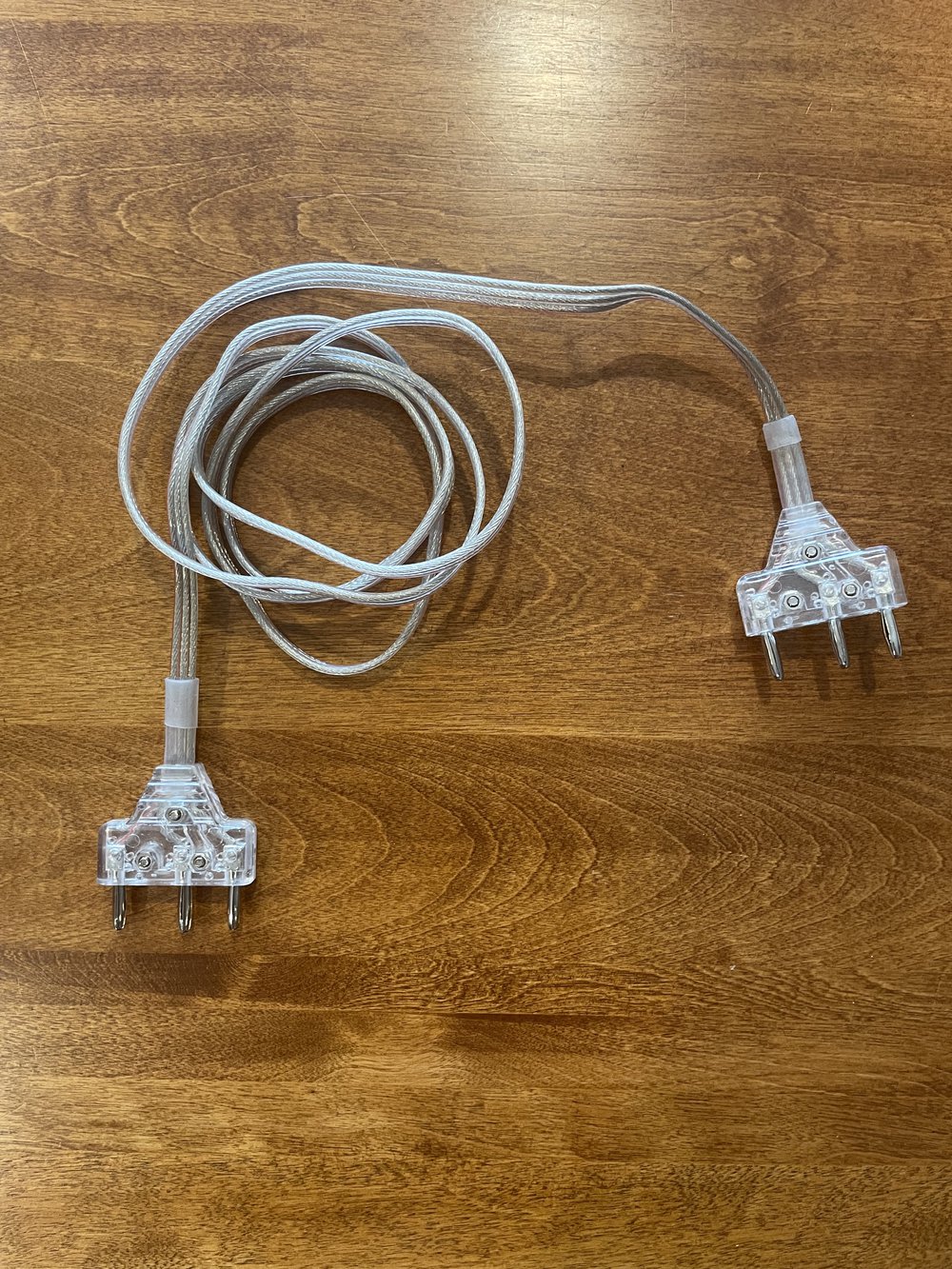
A wire that is worn under the jacket and fed through the sleeve of the fencer’s blade arm. It is plugged into both the blade and the strip to connect the fencer to the scoreboard.
- Blade
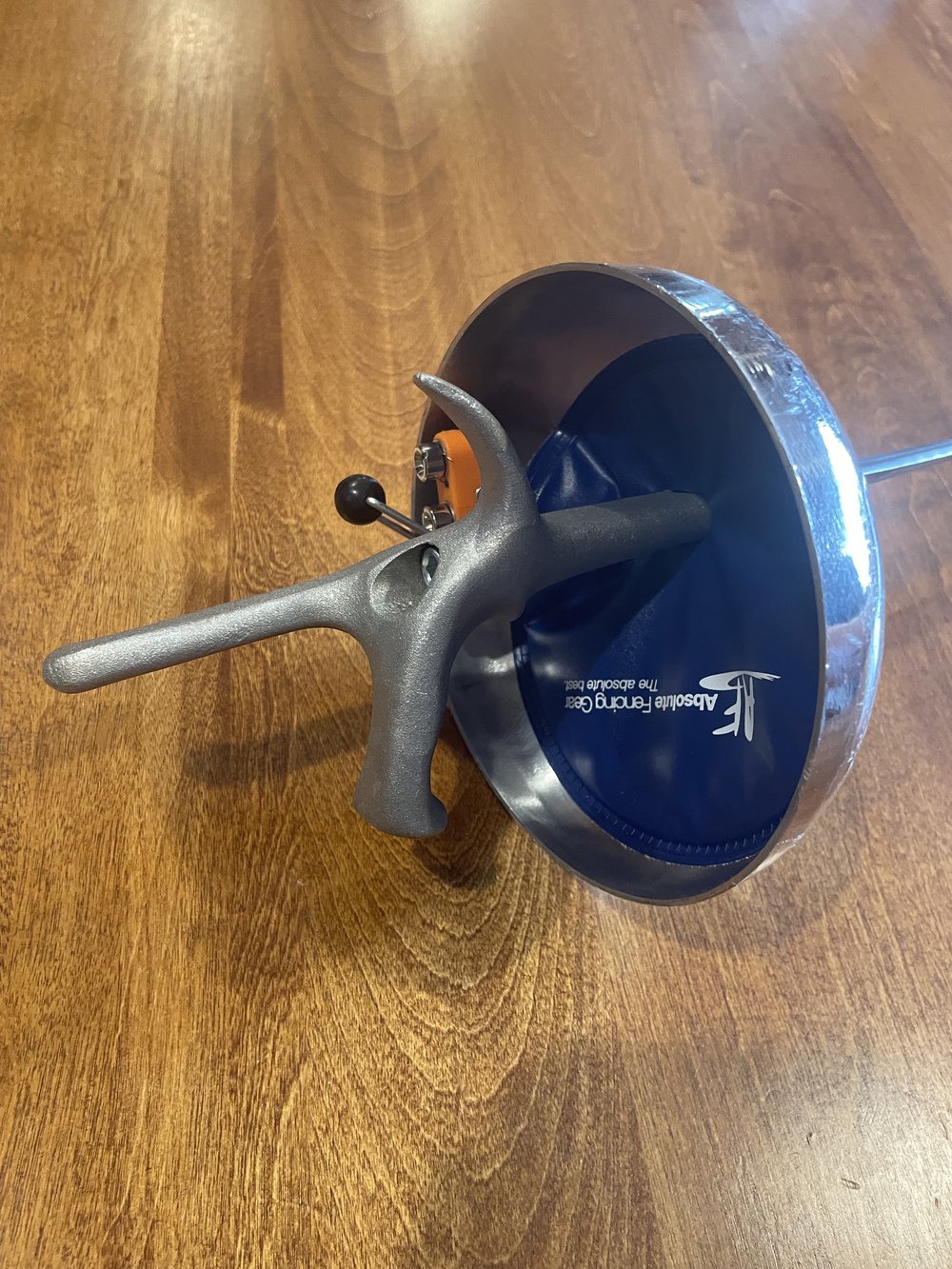
The blades may differ slightly across the three weapons, but there are two main variations of grips. Pistol grips are designed to fit the hand and give the fencer more point control. French grips are straight and intended to lend more reach. They are used less frequently than pistol grips, although they are the only type of grip offered in sabre.
Modern fencing includes three weapons. Each has unique target areas, equipment, and rules.
- Foil
The target area for foil is the torso and the neck. Since the scoring range is limited, fencers wear an electrically conductive jacket—known as a lamé—that will only indicate a point if their opponent hits in the correct area. As a point weapon, fencers can only score using the tip of the blade. If simultaneous points are scored, referees will use the “right of way” system to determine which one fencer should be awarded the point.
- Sabre
Sabre’s target area is above the waist. Unlike the other two, it is a cutting weapon, meaning points can be scored using the sides of the blade. Like foil, it also has the right of way rule.
- Épée
Unlike foil or sabre, épéeists are allowed to hit anywhere on the body. As a result, lamés are not a part of their gear. It is similar to foil in that both are point weapons. But, there is no right away, so a double touch in épée results in both fencers receiving a point.
The sport of fencing has undergone enormous transformations over the centuries. There may be no backflips, no men with six fingers on their left hand, and no reveal that “I was actually fighting with my non-dominant hand the whole time” like Westley, but over the years, the basic premise of the sport still stands: out-think your opponent and win.

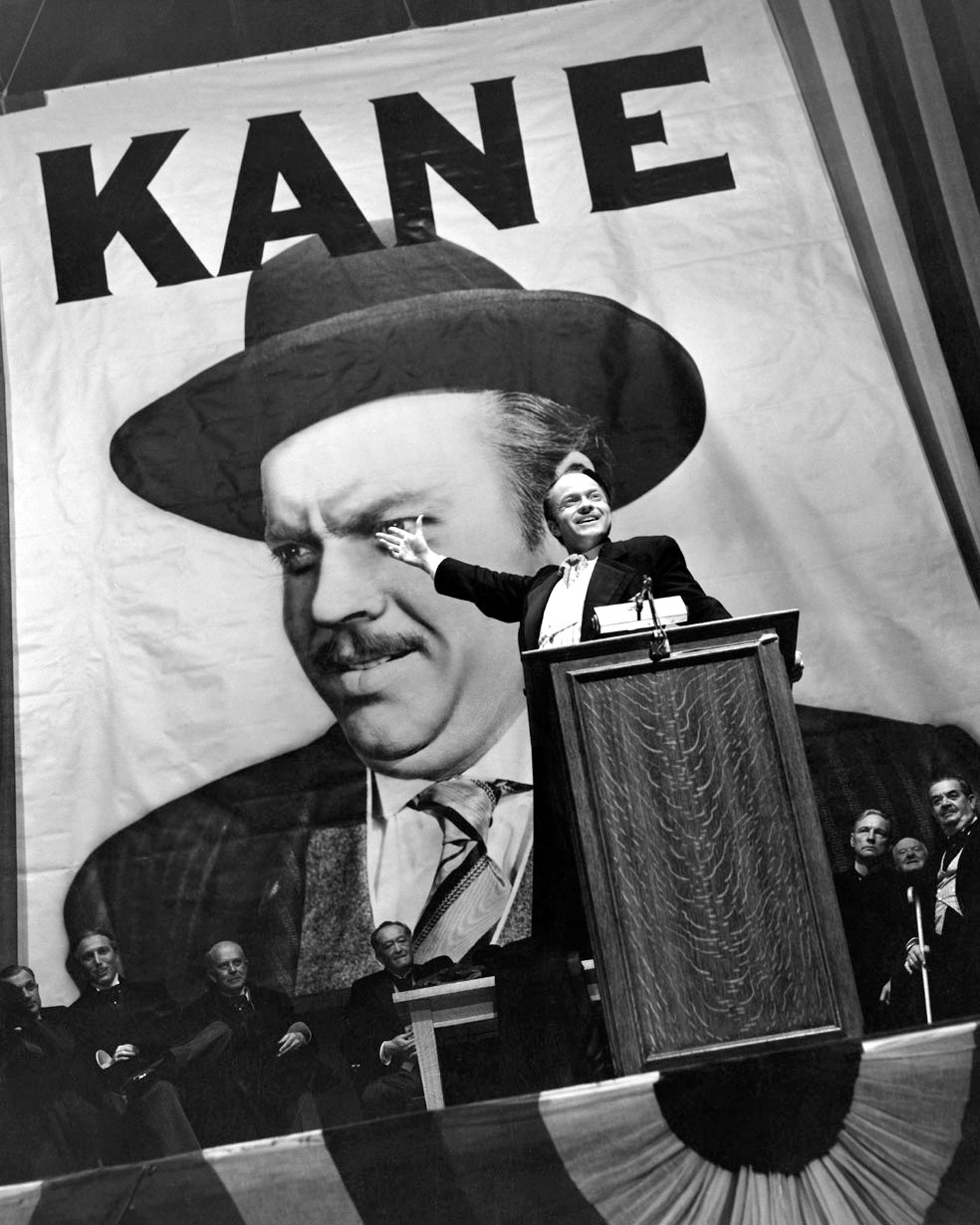 Editorial Notebook
Editorial Notebook
 Editorial Notebook
Editorial Notebook
 Editorial Notebook
Editorial Notebook
 Book Review
Book Review